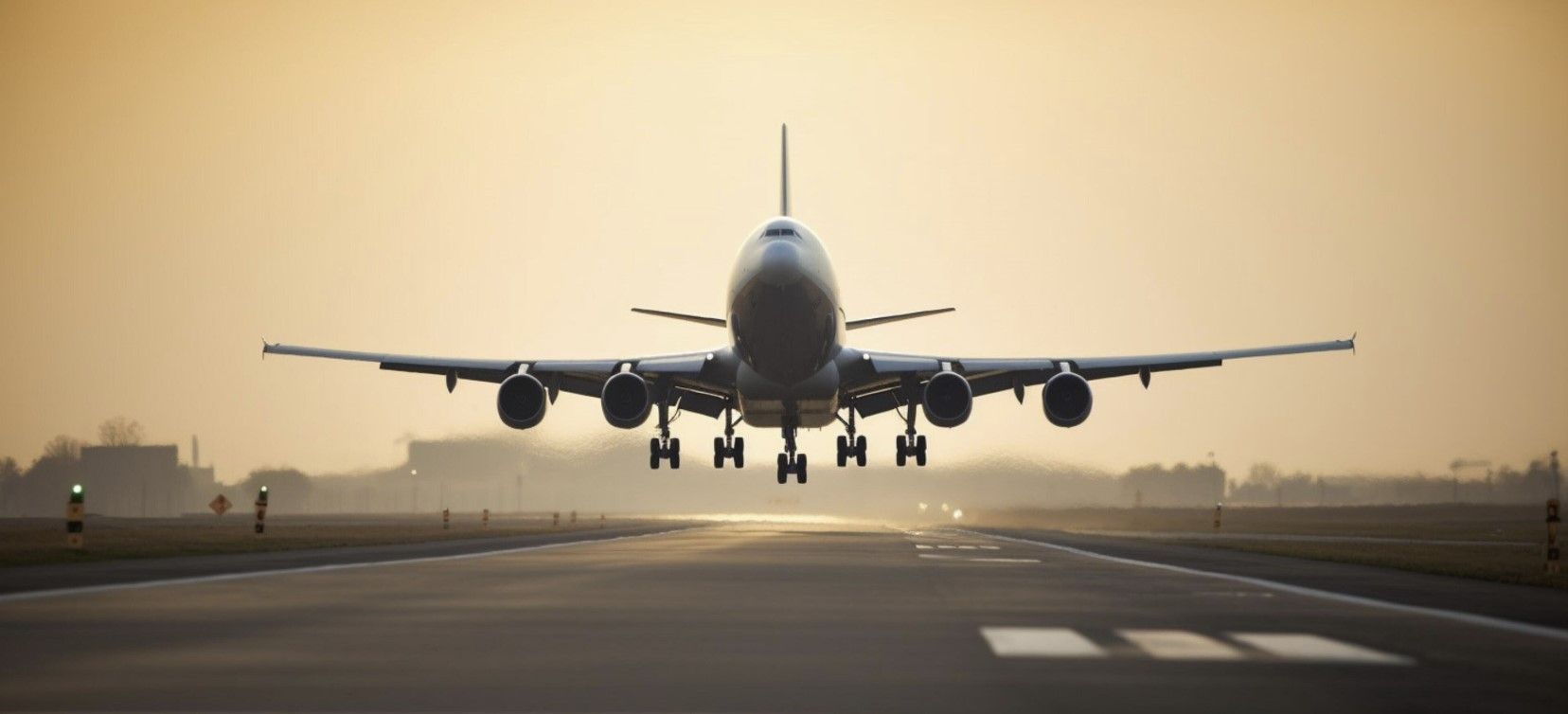Balloon dilation of the eustachian tube
At Charlottenlund we offer balloon dilation of the Eustachian tube.
Many people experience ear pain during flights due to cabin pressure changes, especially during landing. Most adults can equalize pressure simply by swallowing some water or yawning, while others need to pinch their nose and exhale gently with their mouth closed— a technique known as the "Valsalva maneuver." However, some individuals are unable to equalize pressure at all and must either endure the pain or wait for their eardrum to rupture. For these patients, the pain can persist for several days after the flight, leading to fluid buildup in the middle ear and temporary hearing loss lasting for weeks. This condition is often seen in individuals who suffered from chronic ear infections as children, commonly referred to as "ear children."
In many cases, the problem can be effectively treated with a balloon dilation of the Eustachian tube. This procedure involves inserting a small balloon through the nose and inflating it to very high pressure.
If you would like to learn more, you can read Felicia’s story—she was treated by specialist Dr. Jacob Fisker at Charlottenlund Private Hospital and later shared her experience:
"Earlier this year, I had surgery with you after narrow eustachian tubes had prevented me from boarding a plane for 7 years due to severe discomfort and problems with pressure equalization. Today I had my ears tested on a flight. The surgery made a much bigger difference than I dared to hope for and now I don't have to feel discomfort in my body when I think about traveling around the world. So a heartfelt thank you to you🌺 it will have a great positive impact on my life."
Read Felicia's story in the magazine "Sportsdykeren" here!
At Charlottenlund Private Hospital, specialist and owner Jacob Fisker personally performs all balloon dilations of the Eustachian tube and has many years of experience with this type of treatment. As an active diver himself, he has also completed the Danish Armed Forces' training in diving and aviation medicine. Over the years, he has treated countless frequent flyers, divers, pilots, and flight attendants, gaining extensive experience and expertise in this field.
You are always welcome to contact us if you have any questions or would like to book an appointment for a preliminary investigation.
What is the Eustachian tube?
The Eustachian tube connects the ear to the throat, and its primary function is to equalize pressure in the ear. It is normally closed but opens briefly when you speak, swallow, or yawn. When the tube opens, air is transported from the throat to the middle ear. In addition to pressure regulation, the Eustachian tube also helps drain mucus from the middle ear to the throat.
If air cannot pass freely through the Eustachian tube, it can create a feeling of blockage in the ear, and over time, fluid buildup and hearing loss may occur. Many people mistakenly believe this sensation is caused by earwax blocking the ear canal, as the feeling is similar. If you are unable to equalize pressure, it may be a sign that the Eustachian tube is not functioning properly.
Impaired function of the eustachian tube
The Eustachian tube plays a greater role in our well-being than one might think. A blocked Eustachian tube is immediately felt as pressure or a clogged sensation in the ear, leading to hearing loss that makes it difficult to understand others while also distorting one’s own voice.
However, an overly open Eustachian tube (a condition known as tuba aperta) can also create a sensation of blockage or ringing in the ear. At the same time, one’s own breathing and voice may echo inside the head, making it difficult to concentrate and causing significant discomfort.
Some people are born with a dysfunctional Eustachian tube, but the problem can also arise later in life for many different reasons – for example allergies. The condition means that the tube is constantly blocked, or that the problem returns repeatedly. The condition creates negative pressure in the ear, and if blocked for a long time, fluid builds up in the middle ear, which can, for example, cause chronic otitis media.
How do we make the diagnosis?
During a preliminary examination with the specialist, a thorough review of your medical history is conducted, from childhood to adulthood. Has there always been ear-related issues, or is the problem recent? This, along with other factors, provides the specialist with valuable information regarding potential treatment options. A detailed hearing test is performed, along with a tympanometry, where middle ear pressure is measured using advanced equipment, and the mobility of the eardrum is assessed. Additionally, a video recording is made to observe the eardrum’s movement while the patient is sitting up, to determine whether they can equalize pressure or not.
If you are experiencing symptoms of Eustachian tube blockage, we at Charlottenlund Private Hospital recommend that you get it examined to see if something can be done to improve the condition. Our leading ENT specialists can quickly and accurately identify, during the initial assessment, whether there is a reduced function of the Eustachian tube or if it is open, and if a balloon dilation is necessary. The doctor will thoroughly examine your ears and then determine the appropriate treatment to alleviate the problem.
However, it could also be another condition, such as chronic otitis media. See what different ear treatments and surgeries we offer at Charlottenlund Private Hospital.
Treatment of impaired function of the eustachian tube
If the specialist, based on the assessment, determines that the symptoms can be relieved through balloon dilation of the Eustachian tube, you will be recommended for surgery. This procedure, known as "tubal dilation" in medical terms, is an effective treatment that provides long-lasting improvement in the function of the Eustachian tube for most patients.
In some cases, this procedure may be covered by your health insurance. However, it is unfortunately no longer included in the Extended Free Hospital Choice for citizens in Region H. For citizens in all other regions, it is still possible to receive treatment at Charlottenlund Private Hospital free of charge through the Extended Free Hospital Choice.
If you do not live in the Capital Region (Region Hovedstaden) and have been referred to a public hospital with a waiting list, you may often be able to have the surgery with us. Please consult with your patient advisor at your local hospital to discuss your options.
How is balloon dilation of the Eustachian tube performed?
The operation takes about 30 minutes and is performed under general anesthesia. It is done through the nostrils using a camera and probe. A balloon is inserted through the nasopharynx and into the Eustachian tube, where it is inflated and held in place for 2 minutes. Approximately 75% of all patients experience a positive effect after the surgery. This means that, after the operation, you will most likely be able to equalize the pressure in your ear again, and air will be able to freely pass from the middle ear to the throat. As a result, it will be possible to travel by plane without experiencing ear pain and perhaps even get the diving certification you've always dreamed of but never obtained due to ear pain.
Book an appointment for balloon dilation of the eustachian tube
At Charlottenlund Privathospital, we have many years of experience in treating patients with impaired Eustachian tube function, and our experienced ENT specialists are ready to assist you.
Contact us today for more information about Eustachian tube balloon dilation or to schedule a consultation.
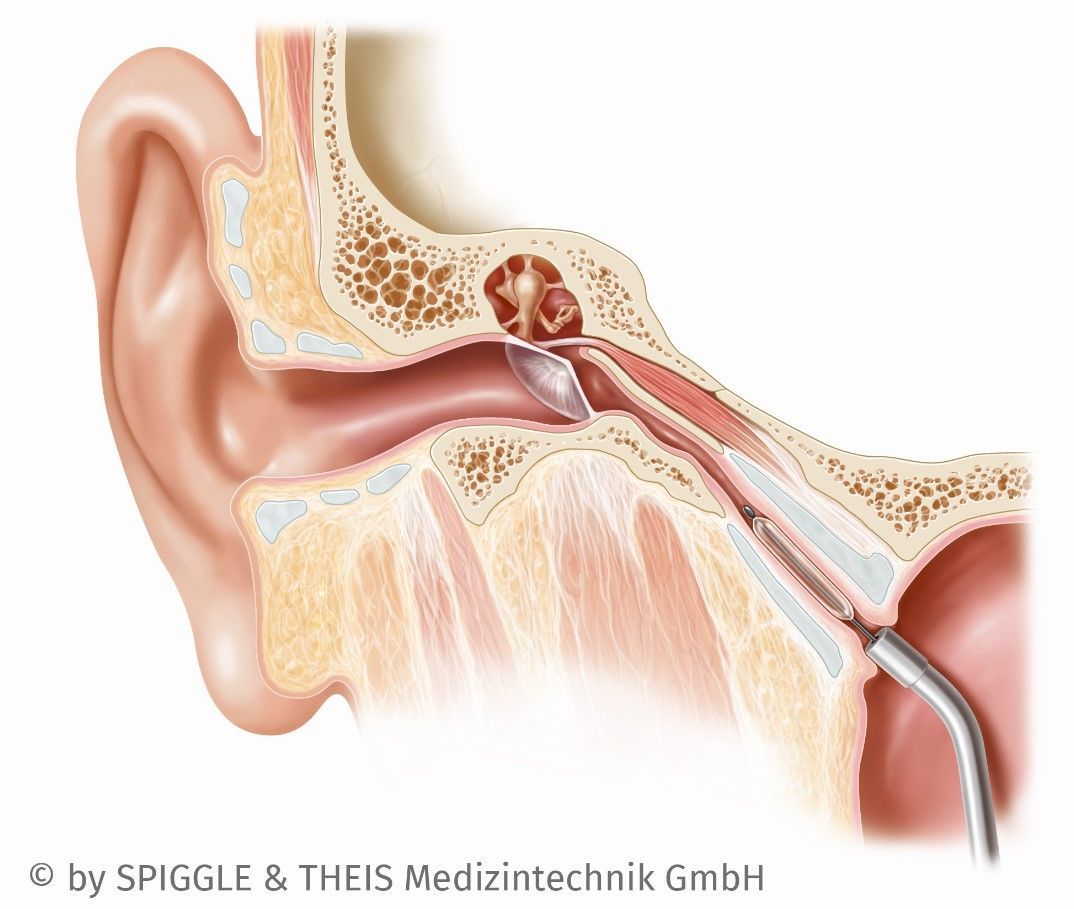
Earplugs
Many people experience a sensation of ear blockage or a rumbling sound in their ears. This can be caused by the Eustachian tube being completely open—this condition is called "tuba aperta"—or by negative pressure in the middle ear.
At Charlottenlund Private Hospital, the specialist doctor conducts a thorough examination and measures the pressure in the middle ear. This helps determine whether your symptoms are due to an open or closed Eustachian tube.
If the feeling of "blocked" ears is caused by negative pressure in the middle ear that does not equalize on its own when you swallow, a balloon dilation of the Eustachian tube may be a possible treatment option.
Pain related to flying
Many people experience ear pain during flights, especially during landing, while takeoff is typically not painful.
This is due to pressure changes in the middle ear, which easily equalize when the plane takes off and cabin pressure decreases. However, when the plane begins to descend and cabin pressure rises again, the pressure in the middle ear may not equalize on its own.
The pain can be severe, last for several days, and be accompanied by fluid buildup in the middle ear and bleeding in the eardrum. In the worst cases, the eardrum may rupture.
A balloon dilation of the Eustachian tube is an effective treatment—read Felicia’s story here on the website.
Desire to be able to take a diving certificate
Have you always dreamed of exploring the world beneath the ocean’s surface but knew it wasn’t possible due to pressure equalization issues?
At Charlottenlund Private Hospital, specialist doctor Jacob Fisker has treated many recreational and professional divers, giving them the opportunity to start or continue their diving adventures.
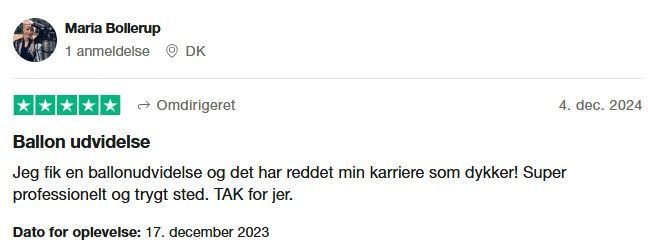
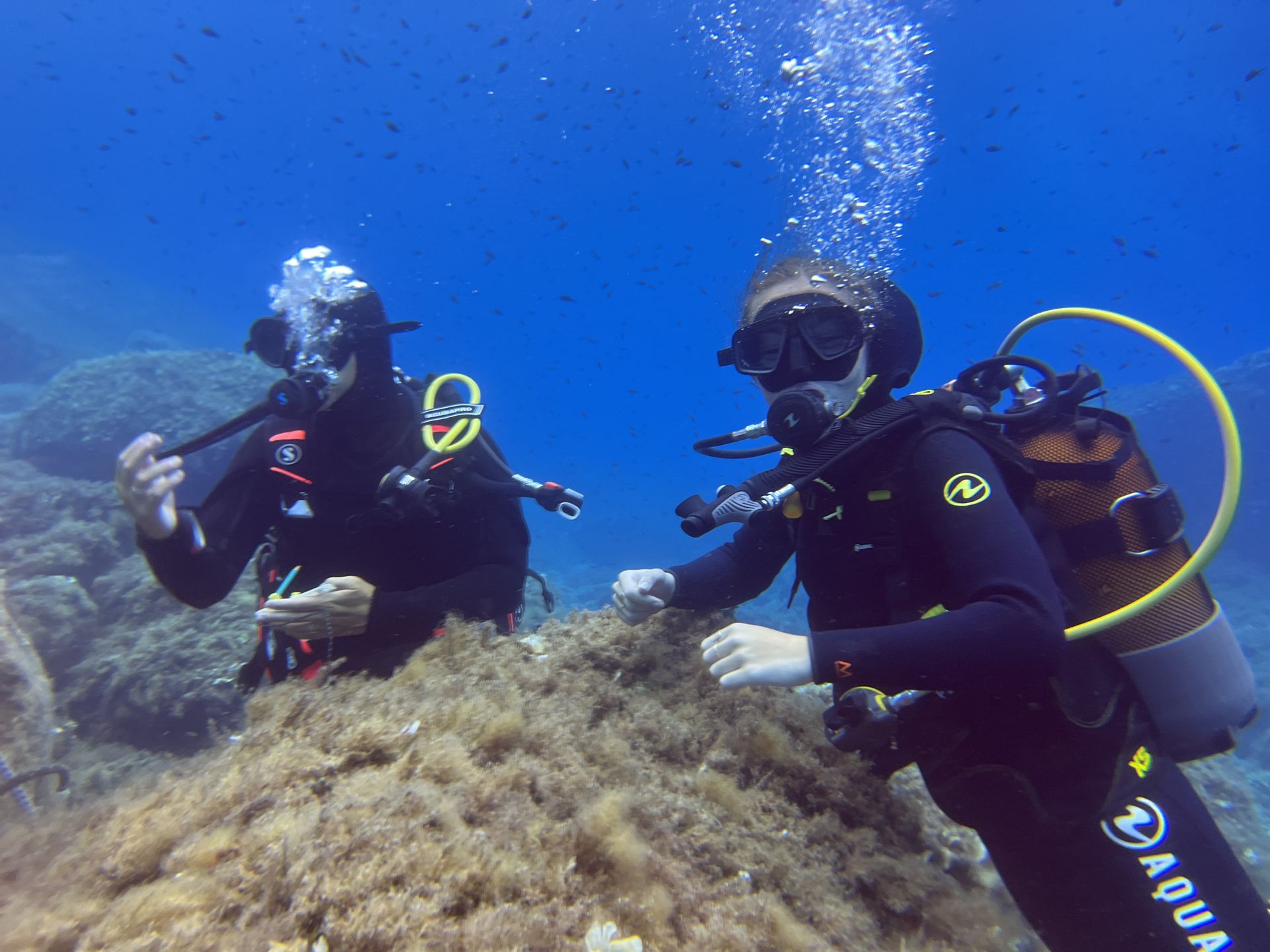
How long will it take before I can equalize the pressure?
After the treatment, it is natural for swelling to occur in the treated area, specifically inside the Eustachian tube. Because of this, you will typically be unable to equalize pressure for the first 14 days. After that, you should gradually start to feel air passing through, and from there, it will continue to improve.
Your active involvement in the recovery process is essential. Regular and repeated pressure equalization exercises throughout the day are crucial to achieving the best possible results.
Can't the procedure be done under local anesthesia?
We can certainly perform the procedure under local anesthesia instead of general anesthesia. However, we almost always choose the latter, as many patients still experience discomfort during the procedure despite local anesthesia.
To ensure the best possible procedure and overall experience for you, the treatment is typically carried out under short general anesthesia, from which you will wake up within a few minutes.
Can I be treated through the public sector?
Residents of the Capital Region (Region Hovedstaden) are not eligible to have this treatment covered under the so-called treatment guarantee.
However, residents of other regions can receive the treatment free of charge through the "Extended Free Hospital Choice" scheme, also known as DUF. If you live outside the Capital Region, you can ask your patient advisor at the local hospital you have been referred to for a transfer to Charlottenlund Private Hospital at no cost.
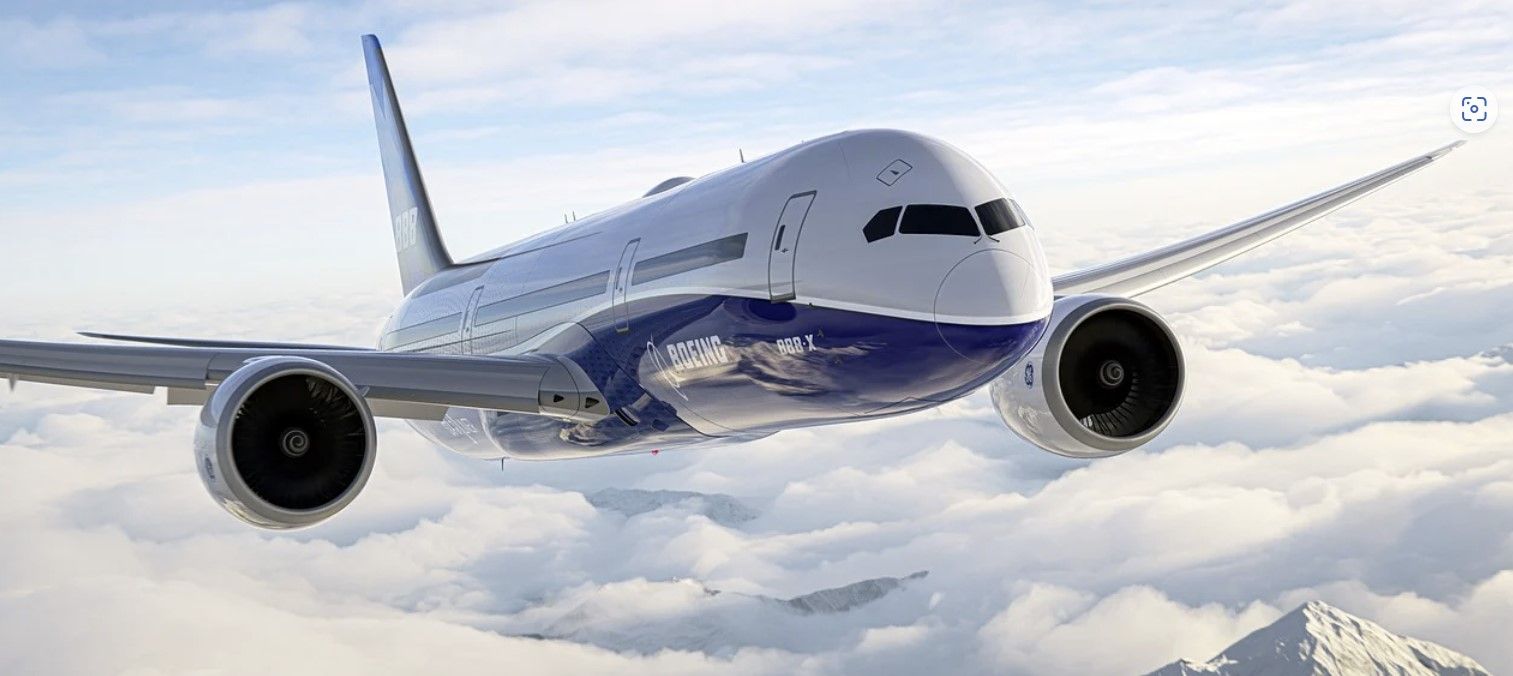
Before the operation
Before the operation, you should have used a prescription nasal spray containing corticosteroids for 2 weeks. We also recommend that you purchase over-the-counter medication such as Panodil before the operation, as some patients experience mild pain afterward.
After the operation
Some patients experience mild ear pain or a feeling of pressure in the ears after the procedure, which is usually a good sign that the procedure has had the desired effect. After the operation, you will need to be treated preventively with antibiotics for a week in the form of broad-spectrum penicillin tablets, as well as two different nasal sprays for one week (Zymelin/Otrivin) and two months (corticosteroid nasal spray). The day after the operation, you should begin performing pressure equalization exercises many times per hour, continuing until the follow-up appointment two months after the procedure, in order to train the function of the Eustachian tube.
About two months after the procedure, you will be called in for an outpatient follow-up, where your ears will be checked, and the effectiveness of the procedure will be assessed. At that time, we will determine if any further follow-up is necessary, but this is often not required.
Complications
The risks associated with the procedure are very small. After the procedure, there may be some soreness in the ears and nose, as well as slight bleeding from the nose. About 75% of treated patients can expect a positive outcome in the form of improvement. There is a small risk of middle ear infection.
